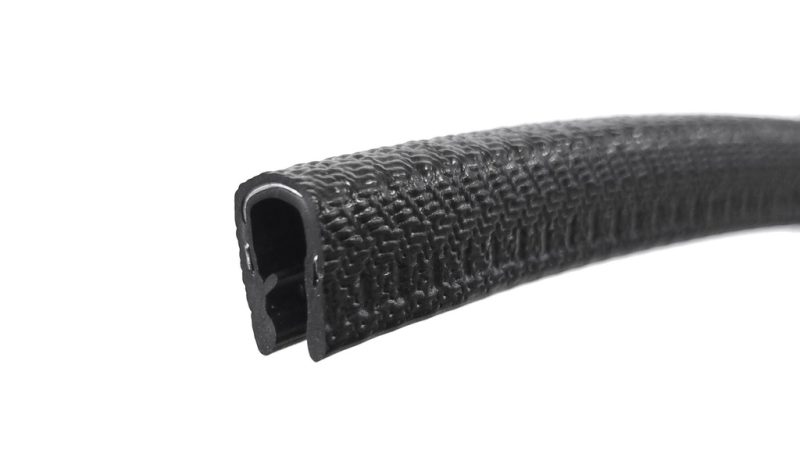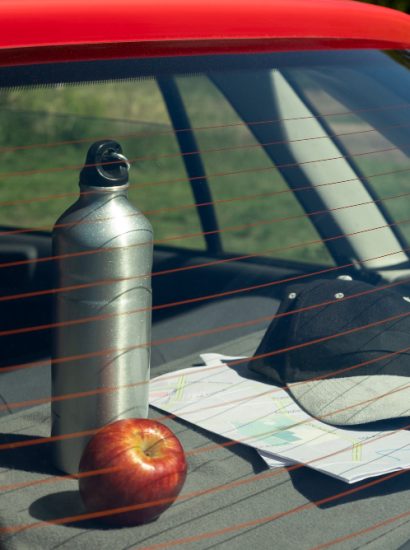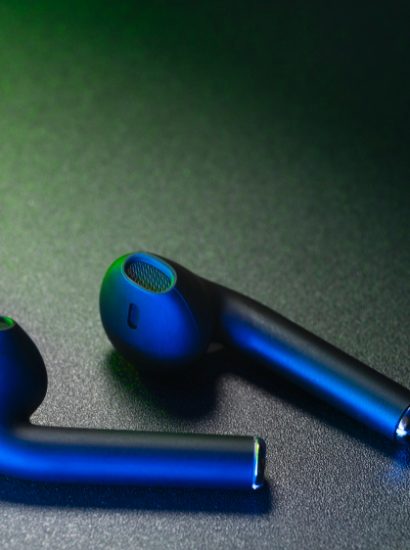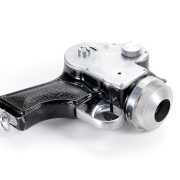Sharp edges and rough surfaces are everywhere—on furniture, machinery, car doors, and even walls. These edges not only damage belongings but also pose risks of cuts, scrapes, or dents. That’s where a rubber edge guard comes in.
Rubber edge guards are protective strips made from durable, flexible rubber designed to cover sharp edges, prevent injuries, and extend the life of objects. They’re widely used in homes, cars, offices, and industrial environments.
In this guide, we’ll explore what rubber edge guards are, their benefits, the different types available, and how to choose and install them for maximum protection.
What Is a Rubber Edge Guard?
A rubber edge guard is a flexible strip, molding, or bumper that fits over sharp or rough edges. Its primary purposes are:
- Safety: Preventing injuries from bumps and cuts.
- Protection: Guarding surfaces against scratches, dents, and impacts.
- Durability: Adding resilience to edges that face wear and tear.
They can be adhesive-backed, snap-on, or custom-fitted, and are commonly made from:
- EPDM rubber
- PVC rubber blends
- Silicone rubber (for heat resistance)
Common Uses of Rubber Edge Guards
Rubber edge guards are versatile, making them valuable across many industries and households.
Home Safety
- Protecting toddlers from sharp furniture edges.
- Guarding countertops, glass tables, and cabinets.
- Preventing wall dents from furniture contact.
Automotive Applications
- Car door edge guards to prevent paint chips.
- Trunk and hood sealing strips.
- Protection for bumpers and wheel arches.
Industrial and Commercial Uses
- Machinery safety—covering exposed metal edges.
- Warehouses—protecting shelving and storage racks.
- Factories—reducing workplace injury risks.
Marine and Outdoor Equipment
- Protecting boat edges from dock impacts.
- Covering outdoor furniture corners.
Benefits of Using Rubber Edge Guards
- Injury Prevention – Softens sharp corners, making environments child- and worker-safe.
- Surface Protection – Prevents scratches on cars, walls, and furniture.
- Durability – Withstands weather, heat, and daily wear.
- Easy Installation – Most designs are adhesive or push-on.
- Aesthetic Appeal – Available in various colors and finishes to blend in.
- Noise Reduction – Absorbs vibrations and reduces clattering sounds in machinery.
Types of Rubber Edge Guards
Adhesive Edge Guards
- Come with peel-and-stick backing.
- Ideal for furniture and indoor use.
- Quick, no-tools installation.
Snap-On Edge Guards
- Grip edges firmly without adhesive.
- Often reinforced with internal metal clips.
- Common in automotive and industrial settings.
Corner Guards
- Specifically designed for 90° edges.
- Popular for desks, walls, and countertops.
Foam-Rubber Edge Guards
- Cushioned protection for children’s safety.
- Usually thicker and softer.
Custom-Fit Guards
- Tailored for unique machinery or furniture.
- Made from heavy-duty rubber or silicone.
Choosing the Right Rubber Edge Guard
When selecting a rubber edge guard, consider:
- Location of use – Indoors (furniture) vs. outdoors (vehicles, boats).
- Edge thickness – Measure before buying to ensure a snug fit.
- Material durability – EPDM rubber for weather resistance, silicone for heat resistance.
- Adhesion type – Adhesive for temporary use; snap-on for permanent protection.
- Appearance – Black is common, but clear and color-matched options exist.
Installation Guide: How to Apply Rubber Edge Guards
Installing a rubber edge guard is simple. Here’s a step-by-step process:
Clean the Surface
Wipe down the edge with rubbing alcohol or a mild cleaner. Dirt and oil weaken adhesion.
Measure and Cut
Use scissors or a utility knife to cut the guard to the required length.
Apply the Guard
- For adhesive guards: peel off backing and press firmly.
- For snap-on guards: push along the edge until fully secure.
Seal the Ends
Some edge guards come with caps for a polished look.
Test for Security
Ensure it’s snug and won’t shift under impact.
Maintenance of Rubber Edge Guards
- Clean regularly with mild soap and water.
- Inspect for wear—replace if rubber cracks or adhesive weakens.
- Avoid harsh chemicals that may degrade rubber material.
Rubber Edge Guards in Cars: Why They’re Essential
In the automotive world, rubber edge guards are a must-have.
- Prevent paint chips when opening doors in tight spaces.
- Protect car hoods and trunks from weather sealing failures.
- Reduce road noise by sealing gaps.
Installing car edge guards can save hundreds of dollars in repainting and body shop repairs.
Buying Guide: Where to Find Rubber Edge Guards
You can purchase rubber edge guards from:
- Hardware stores – Home Depot, Lowe’s.
- Automotive retailers – AutoZone, Advance Auto Parts.
- Online marketplaces – Amazon, eBay, industrial supply sites.
Top-rated brands include:
- Trim-Lok
- EdgeGuard
- 3M automotive edge trims
Price Range of Rubber Edge Guards
- Basic foam edge protectors: $5–$15 (pack of 4–8).
- Automotive door edge guards: $15–$40.
- Heavy-duty industrial edge guards: $50–$150, depending on size and length.
Environmental Impact
Rubber edge guards made from recycled or synthetic rubber are more eco-friendly. Look for products labeled:
- Non-toxic
- BPA-free
- Recyclable
This ensures both safety and sustainability.
Future Trends in Edge Protection
- Smart edge guards with shock sensors (for high-value machinery).
- Eco-friendly materials replacing traditional rubber.
- 3D printing for custom-fit guards.
Conclusion
A rubber edge guard is a simple yet effective solution for protecting people, property, and products from sharp edges and impacts. Whether you’re a parent baby-proofing your home, a driver protecting your car doors, or a business owner safeguarding equipment, edge guards offer affordable, reliable protection.
By understanding the types, benefits, and installation methods, you can choose the right guard for your needs and ensure long-term safety and durability.
FAQs
1. What is a rubber edge guard used for?
It’s used to protect people from sharp edges and prevent surfaces from scratches, dents, and impacts.
2. Can rubber edge guards be used outdoors?
Yes, especially those made from weather-resistant EPDM rubber.
3. How do you install a rubber edge guard on a car?
Clean the door edge, measure and cut the guard, then snap it on or apply adhesive backing.
4. Are rubber edge guards safe for children?
Yes, foam and soft rubber edge guards are commonly used for baby-proofing furniture.
5. How long do rubber edge guards last?
With proper maintenance, they can last several years, depending on environment and usage.
Also read: Emoji That Means I’m Intrigued: 10 Fascinating Symbols You Must Know









